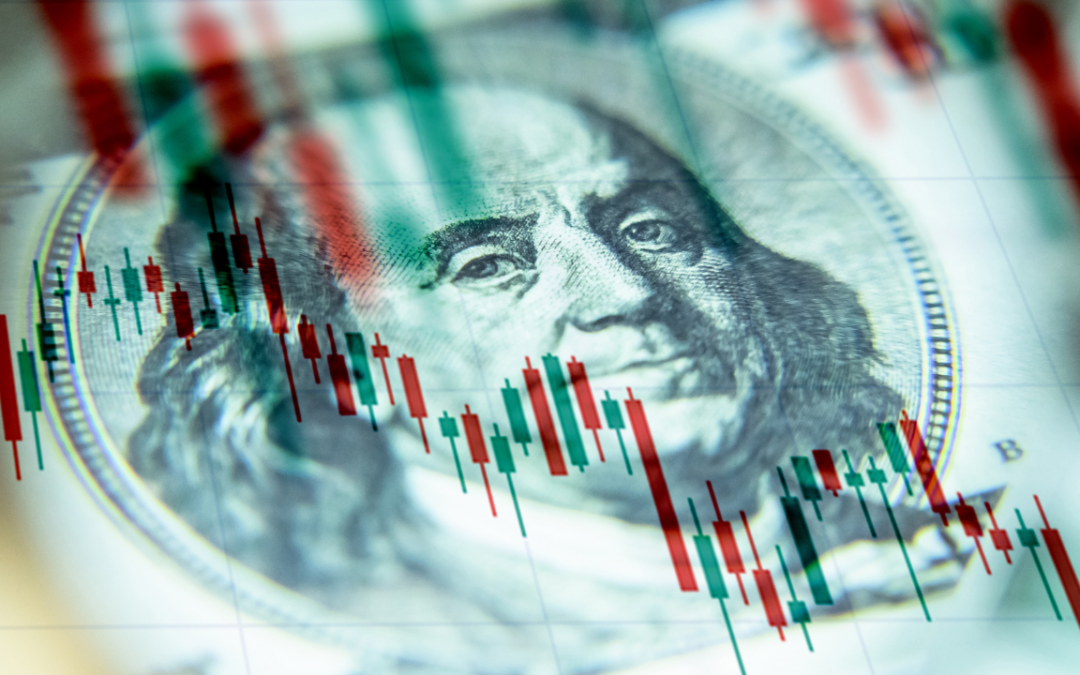Despite a deep global recession, double-digit declines in worldwide corporate profitability, rising geo-political risk and no effective long-term solution to the Covid-19 pandemic, global equities continue their impressive advance. In some cases, major indices are at all-time highs, in others they are flirting with pre-pandemic levels.
There are several reasons for the resilience of stock prices to the fundamentals, including extraordinary monetary and fiscal expansion, super-low interest rates, the flattening of infection and mortality curves, and expectations that vaccine development will permit the resumption of more normal economic activity by mid-2021.
While each of those factors may be at work, none is individually convincing. Central banks have slashed interest rates and pumped in liquidity, but it was already clear long before the pandemic arrived that monetary policy had lost optimal potency. Debt issuance by corporations has mushroomed, but comparatively little of that debt is being used to finance new capital equipment purchases or to re-hire. US consumers have actually cut aggregate borrowing according to the latest Federal Reserve statistics.
The fiscal response to the pandemic is impressive—above all in previously tight-fisted Europe—but the current impasse in Washington has cut off vulnerable families and individuals from transfer payments and unemployment benefits. Even the President’s executive orders this past weekend, which may be challenged on legal grounds, fall far short of what most economists believe is necessary to prevent a US spending slump and financial stress in the remainder of 2020.
Low or negative interest rates have seemingly convinced many investors that there is no alternative (TINA) to equities. But such thinking will prove a fool’s errand if valuations become too stretched. Meanwhile, vaccine research and trials continue, but as Anthony Fauci recently noted, a vaccine is unlikely to provide complete and durable immunity. And effective vaccination requires extensive production, distribution and acceptance worldwide, which will likely take several years to achieve.
With each of the explanations for equity strength in the face of fundamental challenges and uncertainty less than fully convincing, it may be useful to consider other factors behind the stock markets’ strength.
Among them is a technical one, namely the popularity of volatility targeting. As a recent research note from the European Central Bank (ECB) concluded, some $2 trillion is currently invested in markets-based on volatility targeting.
Perhaps the best-known form of volatility targeting is ‘risk parity’, where an investor allocates across stocks, bonds and other assets according to their realized (or expected) volatility. Low volatility asset classes, such as US Treasuries, receive higher allocations—frequently boosted by leverage—relative to higher volatility asset classes, such as equities.
Risk parity approaches can amplify market moves. During periods of relative market calm, such as those of recent months, risk parity models pile into bonds and stocks. When volatility spikes, they dump positions. The ECB paper notes that such behaviors may be exacerbating market moves in both directions this year.
Yet risk parity may not be the biggest source of volatility-targeting market distortions. According to the report’s authors, of the $2 trillion in such strategies, only about $300bn, or 15%, is managed by the largest risk parity investment firms. Over 80% of volatility targeting strategies seek to achieve a desired level of portfolio volatility. In that approach, as bond market moves are dampened by central banks, investors must increase weightings to more volatile asset classes to maintain their mandated portfolio volatility targets. The strategy is the volatility equivalent of ‘TINA’— there is no alternative to the volatility offered by equities.
In short, central bank rate cuts, asset purchases and ‘forward guidance’ crush the volatility of bonds, pushing some $1.5 trillion of assets guided by volatility targeting into stocks, in many cases irrespective of other market fundamentals.
Apart from providing another rationale for booming stock markets, why should we care about such technical factors? The reason is simple. Such strategies introduce inherent vulnerabilities into markets.
Specifically, when volatility is low or falling—as is now the case—volatility targeting, often supported by leverage, piles into riskier assets, driving their prices well above fair value. But when an unexpected event arrives that leads to a spike in volatility, the same strategies engage in uniform selling, which can become self-reinforcing as even higher volatility promotes even more selling. The result is periods of calm accompanied by rising asset prices, followed by sharp sell-off episodes. That is precisely what occurred earlier this year.
For investors or analysts, it is nearly impossible to predict the events that will lead to volatility spikes and sharp market sell offs. Nor should we be complacent to attempt to take refuge where little may exist.
We would emphasize that even investors focused on stock, sector or factor approaches may get caught up in the broader market dynamic. Mutual fund managers, although in theory paid to think differently and provide unique value for their high fees, in practice often follow the herd as they fear under-performing their benchmark and peer-group. These dynamics can be seen in in the trajectory of information technology stocks, this year’s market darlings, which have recently exhibited a growing relationship between their performance and overall market returns (in the parlance, rising beta and falling alpha). Despite being ‘winners’ in a world beset by pandemic, technology stocks could suffer badly if the overall market stumbles. The same is true for ‘growth’ or ‘momentum’ styles, which are also increasingly sensitive to broad market returns.
In conclusion, no one factor can account for the strength and resilience of global equities juxtaposed against a backdrop of fundamental weakness and elevated uncertainty. Investors have gravitated to equities in recent months for many reasons. But among them are strategies that could quickly backfire if things go wrong.
In the face of a Panglossian market it may take some effort, but now is not the time to be complacent.



